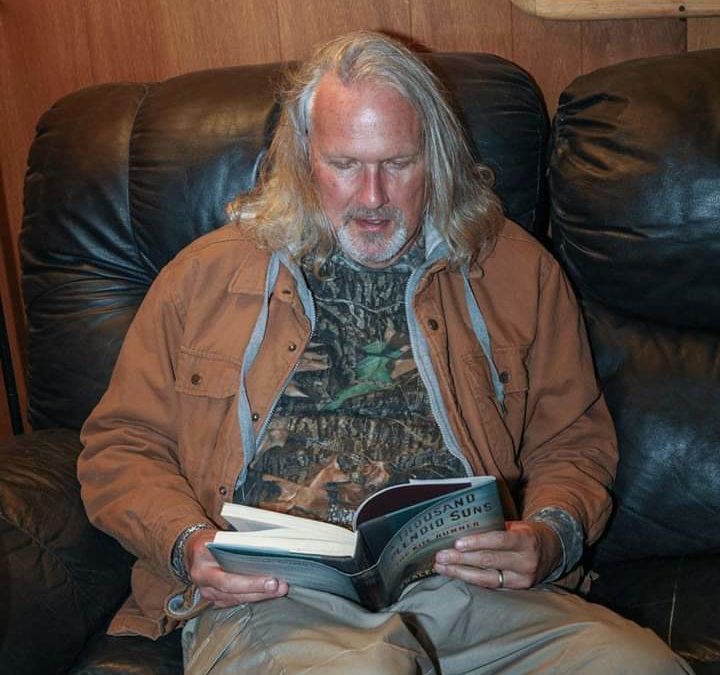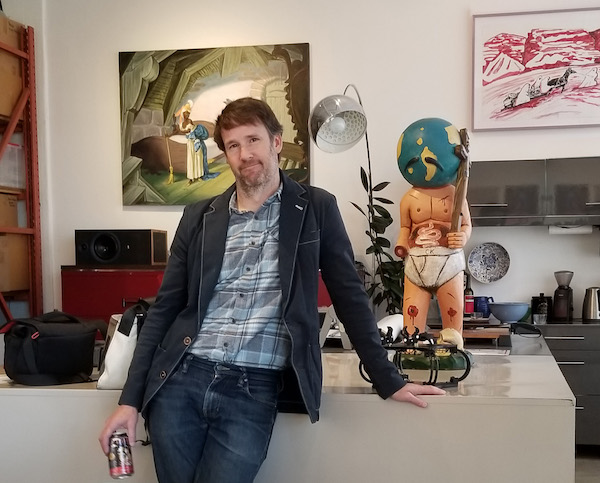Looking to do something other than Netflix and Chill? We got you. One of our funniest, most-loved & recognizable writers, Cat Call columnist, Anthony Ausgang, shares his ten favorite books on art. 1. The Recognitions, by William Gaddis 2. The Apes of God, by...

Ten Books on Art
read more


